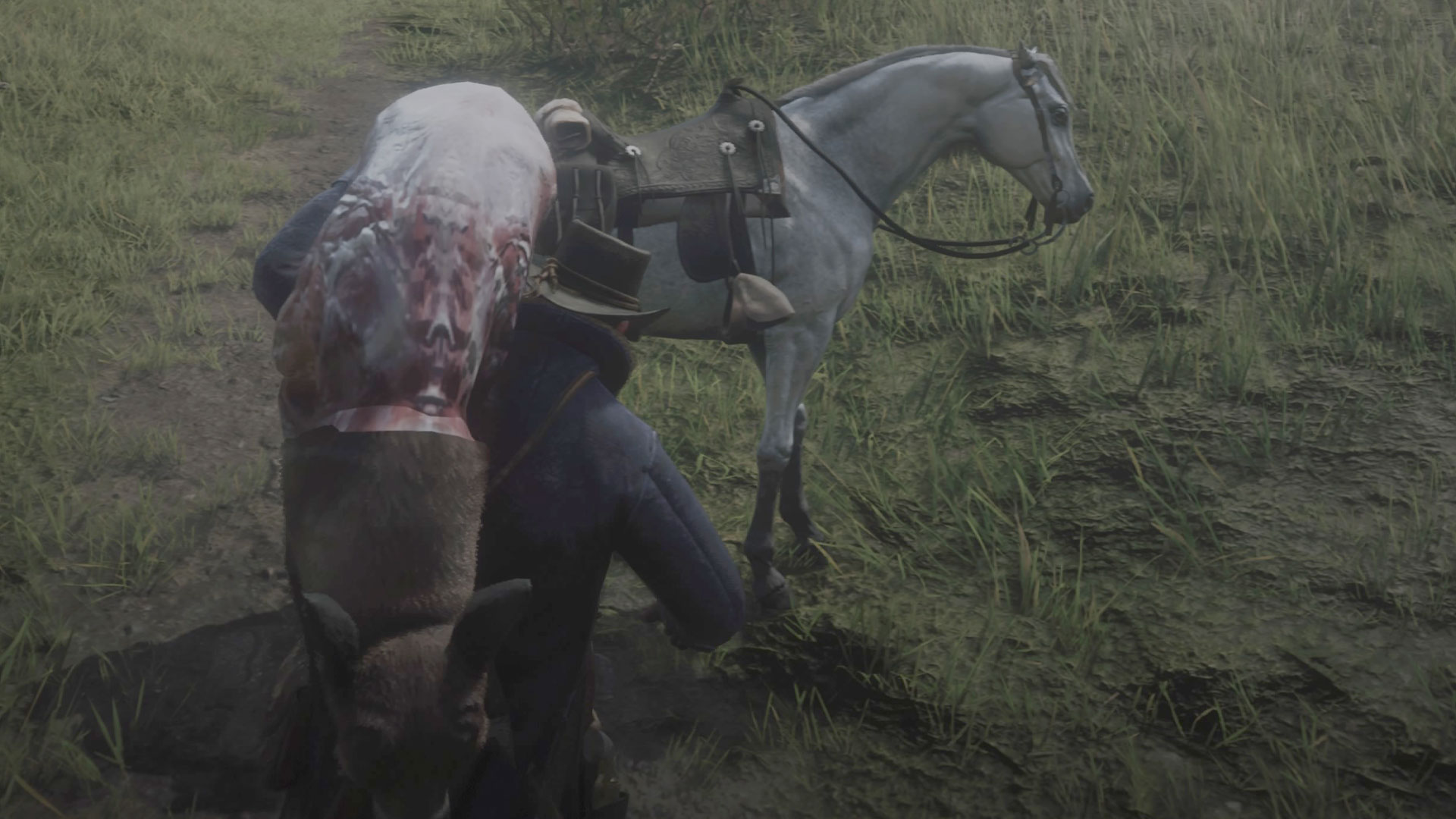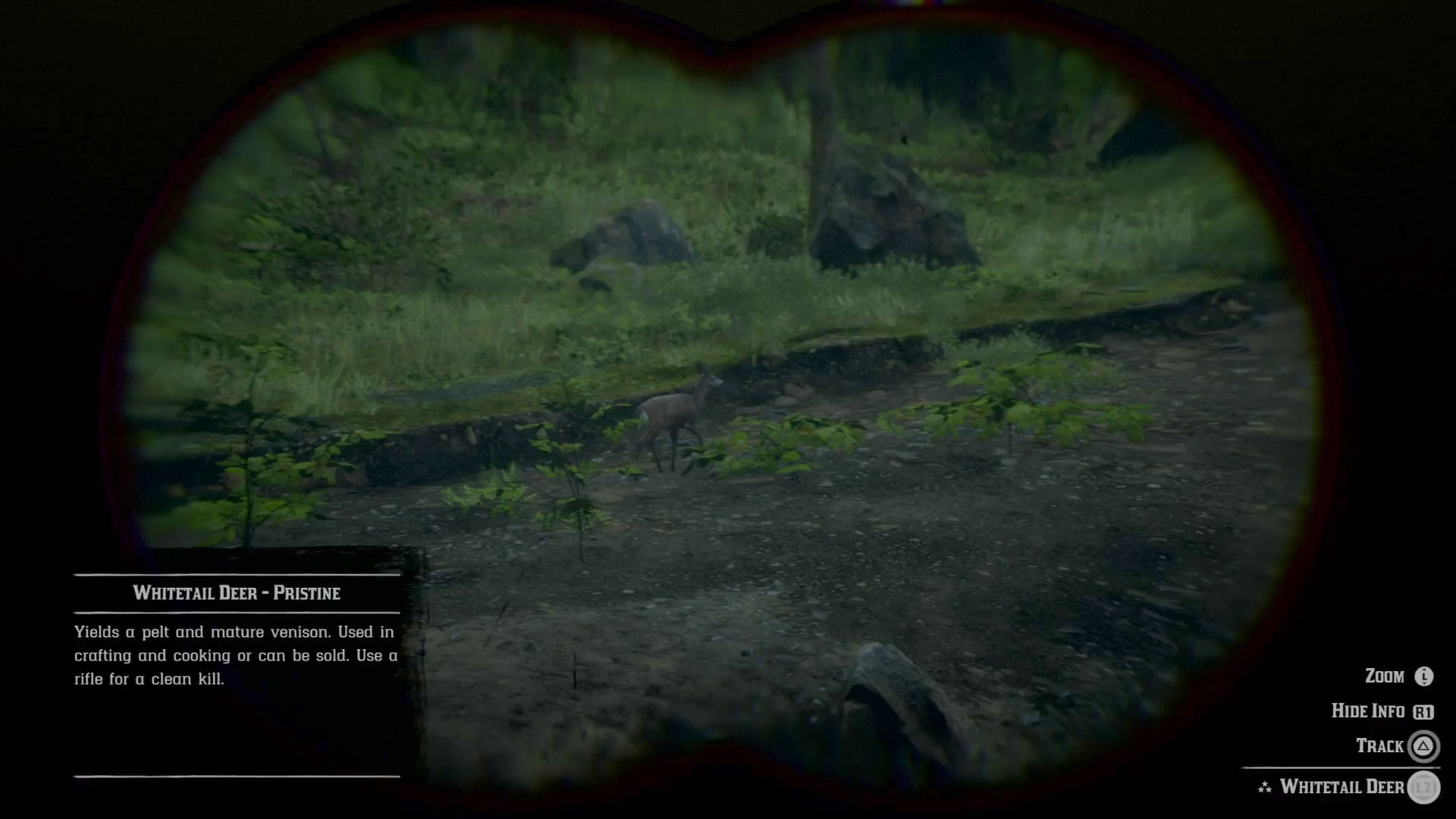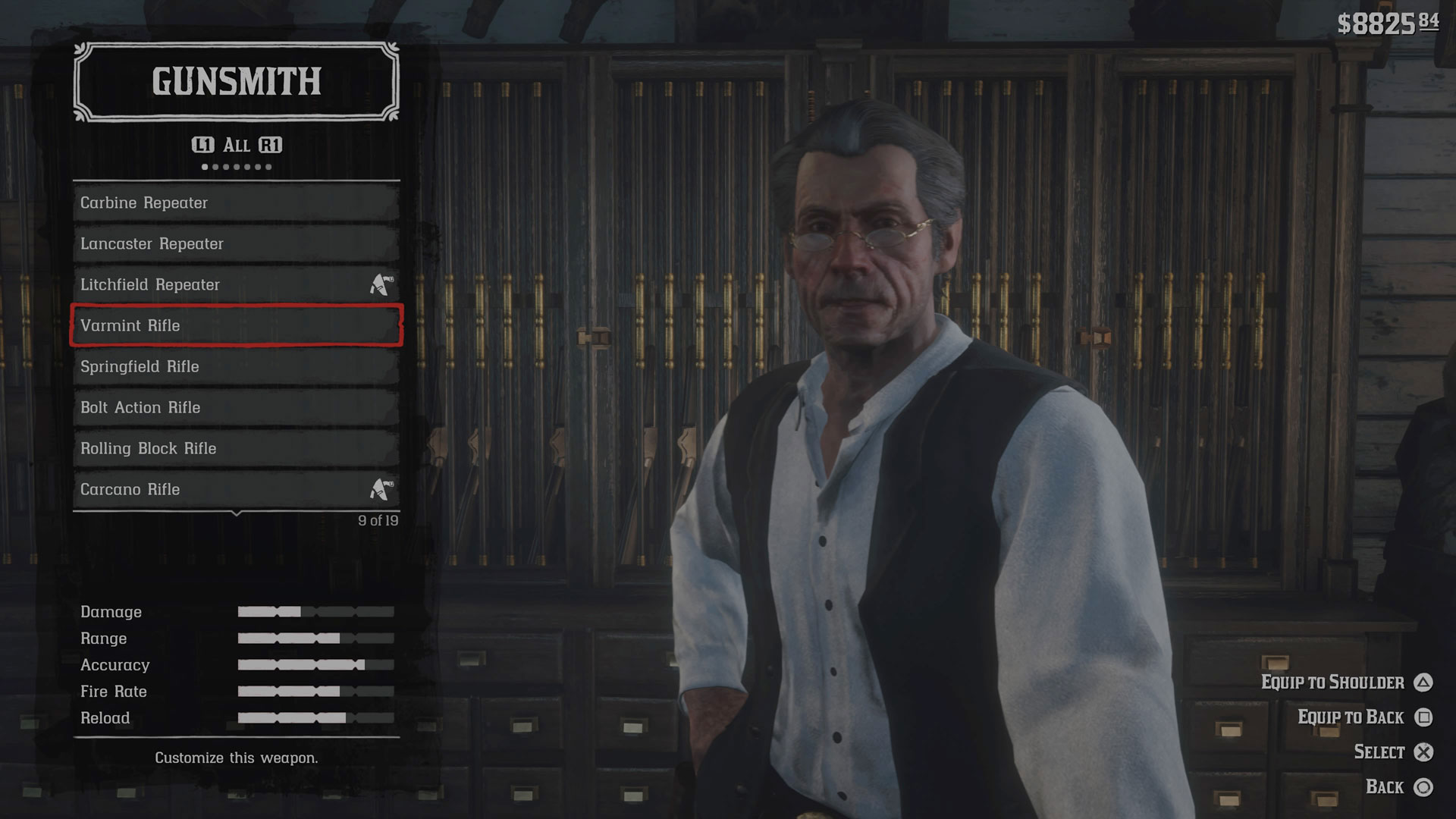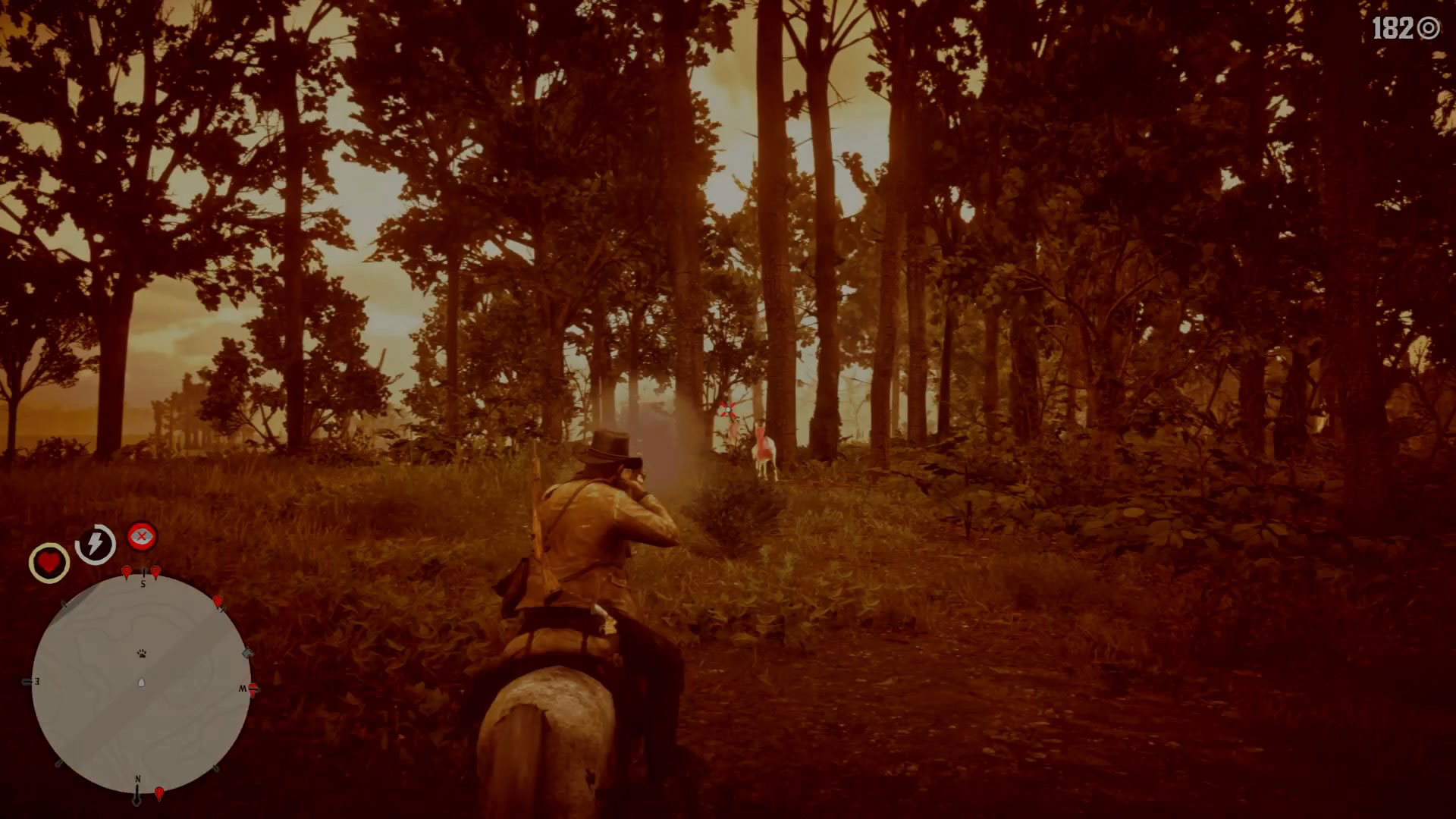How to get Perfect Pelts in RDR2 and maximise your Red Dead Redemption 2 hunting profits
If you're trying to get perfect pelts in Red Dead Redemption 2 for crafting or money making, this is how you earn them

Getting perfect pelts in RDR 2 requires skill. But, understanding how to get Red Dead Redemption 2 perfect pelts mean you get more money and increase your profit from your hunting - traders you deal with will pay top dollar for skins in pristine condition so taking the time to learn how will really pay off. You will also need perfect pelts in RDR2 for certain crafting recipes. With hunting being such a big part of Red Dead Redemption 2, you need to know how to get the best results while out in the field if you to get perfect pelts in Red Dead Redemption 2.
The quality of the pelt you get from an animal is not only affected by environmental factors, but also the hunting equipment you use to take it down and how good your technique is. That's why we're here to show you how to pick the correct tools for the job and the best hunting approach to take, so you can use that information to earn Red Dead Redemption 2 perfect pelts on all of your hunting trips and ensure you only bring back the best skins.
Want to hunt down all the Red Dead Redemption 2 legendary animals? We've got all their locations in our walkthrough below:
- Red Dead Redemption 2 tips - essential tips to improve your game
- How to make money fast in Red Dead Redemption 2
- Red Dead Online guide - everything you need to know to get started
Only hunt pristine animals

The easiest part of obtaining perfect pelts in Red Dead Redemption 2 is picking the right prey. When you’re out in the wild and you spot an animal, simply open up your weapon wheel and pull out your binoculars. Zoom in on your chosen animal, tap R1/RB and you should see a dialogue box pop up in the bottom left, which will tell you if the quality of the animal is Poor, Good or Pristine. If you’re on horseback, you can check an animal’s quality by aiming at it with your gun and tapping R1/RB. In both cases, you will also spot its star-rating in the bottom right of the screen when you’re focused on it. This is an easy means to make sure you’re not hunting a worthless animal.
To get perfect pelts, you simply cannot settle for anything but the best. You must only hunt animals that are pristine and hold a three-star rating, so as you approach a pack, aim at multiple prey until you find the right target. There are usually only one or (if you’re lucky) two perfect pelts available in a pack.
Pick the right tools for the job

When you’re studying an animal to hunt, the aforementioned dialogue box that tells you if it’s pristine or not will also let you know what you need to use to kill it. This varies across the entire compendium, so always check before you shoot.
For example, small game like frogs, snakes, squirrels, and ducks require a clean kill with a Small Game Arrow - anything else will ruin the pelt. To craft Small Game Arrows you need, well, arrows, plus shotgun shells and Flight Feathers, which you can earn by shooting most birds out of the sky.
Luckily, the rest of the animal classes simply require a specific weapon rather than crafted ammunition. Moderate animals like hawks, rabbits, badgers, and racoons require a clean kill with the Varmint Rifle. Medium sized animals like coyotes, foxes, or beavers will only produce a perfect pelt if you hit a clean shot with a Bow or a Repeater. Large animals like cougars, bucks, and deer will only be perfect if you hit a vital or critical organ with a bolt-action rifle, and Massive prey like bears, elk, or cows will only yield a perfect pelt if you use a sniper rifle.
Clearly, the solution is to fill out your weapon wheel for every occasion and always study the animal first to make sure you're using the right one. As for shooting it, that’s another matter.
- Red Dead Redemption 2 Legendary Fish locations - where to find them
- Red Dead Redemption 2 animal locations - where to find every species
- Red Dead Redemption 2 Trapper locations - where to go to trade supplies
Shoot to kill

Hunting in Red Dead Redemption 2 is fairly unforgiving, especially if you want to attain perfect pelts to make the most amount of money when you’re selling to the Trapper. Even if you manage to find a three-star animal, you have to inflict fatal or critical damage by shooting at the right organs to achieve a perfect kill.
Now, hunting is going to be a lot easier for you when your Dead Eye rank is maxed out. Vital organs (the brain and the heart) are lit up in red when you enter Dead Eye once you reach rank 4 during Chapter 5, and critical organs (the lungs or the stomach) are exposed when you hit rank 5, which occurs during Chapter 6 of the campaign. So if you’re struggling to get clean kills, it pays dividends to push through the main story and start your hunting career in earnest near the end of your journey.
Most of the time, you can get away with a clean headshot on the animal, as long as you’re using the right weapon. Fail to hit any critical or vital organs or fill it with multiple rounds and you will spoil the pelt, even if the animal is pristine. The only way to ensure a perfect pelt is by dispatching of a three-star animal with a clean shot to a vital or critical organ.
Once you’ve dispatched of your prey, make sure to skin the pelt and take the carcass with you to your local Trapper for extra cash and crafting opportunities. That wraps up all you need to know in order to skin perfect pelts in Red Dead Redemption 2, so follow our tips and you’ll be a master hunter in no time.
How are you getting on with the hunting challenges? Check out our Red Dead Redemption 2 Master Hunter Challenges guide for the information you need to beat them all.
Sign up to the GamesRadar+ Newsletter
Weekly digests, tales from the communities you love, and more
Jordan Oloman has hundreds of bylines across outlets like GamesRadar+, PC Gamer, USA Today, The Guardian, The Verge, The Washington Post, and more. Jordan is an experienced freelance writer who can not only dive deep into the biggest video games out there but explore the way they intersect with culture too. Jordan can also be found working behind-the-scenes here at Future Plc, contributing to the organization and execution of the Future Games Show.


